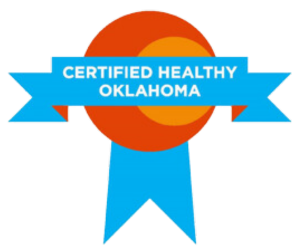Thanksgiving leftovers may be reaching their time safe in the fridge. Leftovers can be kept in the refrigerator for 3 to 4 days or frozen for 3 to 4 months. Make sure you know how to safely reheat or freeze to keep longer.
Thaw Frozen Leftovers Safely
Safe ways to thaw leftovers include the refrigerator, cold water and the microwave oven. Refrigerator thawing takes the longest but the leftovers stay safe the entire time. After thawing, the food should be used within 3 to 4 days or can be refrozen.
Cold water thawing is faster than refrigerator thawing but requires more attention. The frozen leftovers must be in a leak-proof package or plastic bag. If the bag leaks, water can get into the food and bacteria from the air or surrounding environment could enter it. Foods thawed by the cold water method should be cooked before refreezing.
Microwave thawing is the fastest method. When thawing leftovers in a microwave, continue to heat it until it reaches 165° F as measured with a food thermometer. Foods thawed in the microwave can be refrozen after heating it to this safe temperature.
Reheating Leftovers without Thawing
It is safe to reheat frozen leftovers without thawing, either in a saucepan or microwave (in the case of a soup or stew) or in the oven or microwave (for example, casseroles and combination meals). Reheating will take longer than if the food is thawed first, but it is safe to do when time is short.
Reheat Leftovers Safely
When reheating leftovers, be sure they reach 165° F as measured with a food thermometer. Reheat sauces, soups and gravies by bringing them to a rolling boil. Cover leftovers to reheat. This retains moisture and ensures that food will heat all the way through.
When reheating in the microwave, cover and rotate the food for even heating. Arrange food items evenly in a covered microwave safe glass or ceramic dish, and add some liquid if needed. Be sure the covering is microwave safe, and vent the lid or wrap to let the steam escape. The moist heat that is created will help destroy harmful bacteria and will ensure uniform cooking. Also, because microwaves have cold spots, check the temperature of the food in several places with a food thermometer and allow a resting time before checking the internal temperature of the food with a food thermometer. Cooking continues for a longer time in dense foods such as a whole turkey or beef roast than in less dense foods like breads, small vegetables and fruits.
Refreezing Previously Frozen Leftovers
Sometimes there are leftover “leftovers.” It is safe to refreeze any food remaining after reheating previously frozen leftovers to the safe temperature of 165° F as measured with a food thermometer.
If a large container of leftovers was frozen and only a portion of it is needed, it is safe to thaw the leftovers in the refrigerator, remove the needed portion and refreeze the remainder of the thawed leftovers without reheating it.






